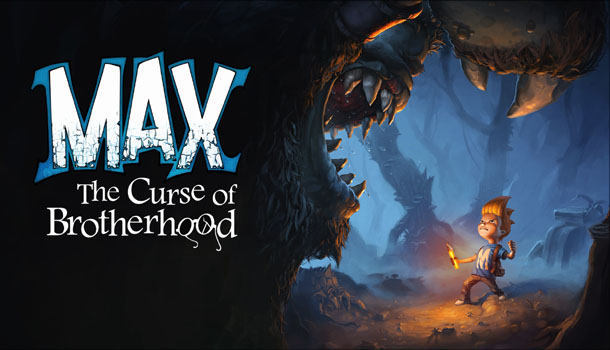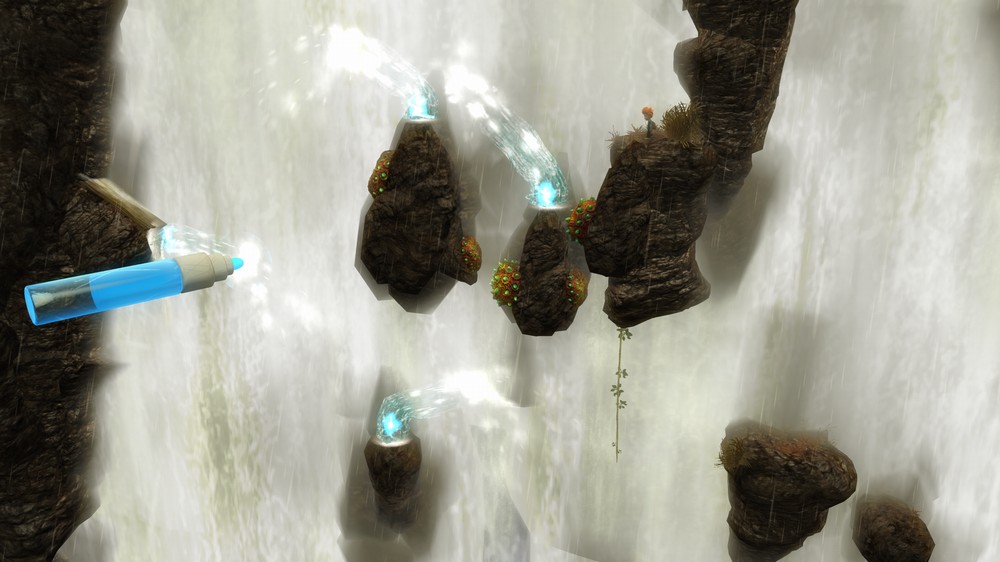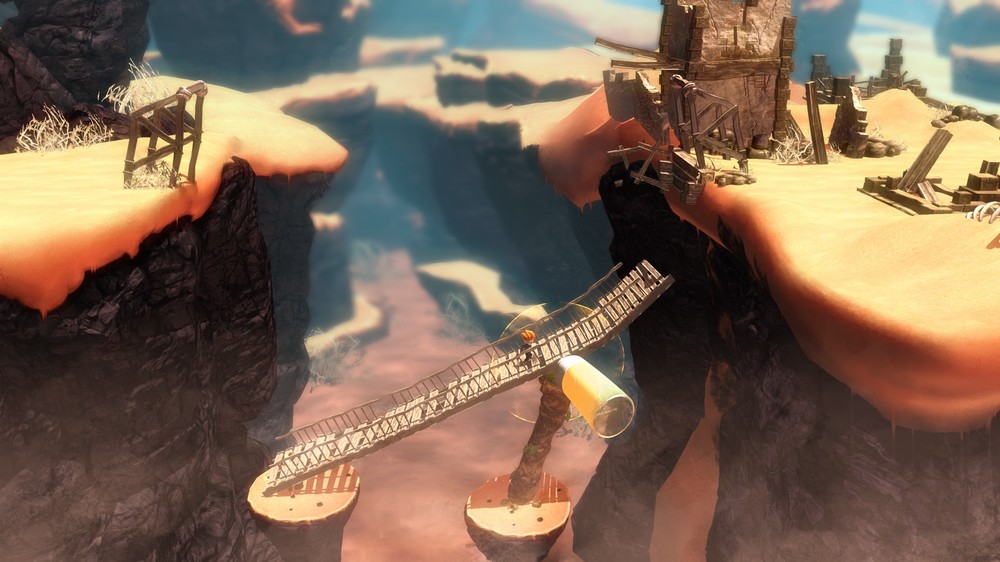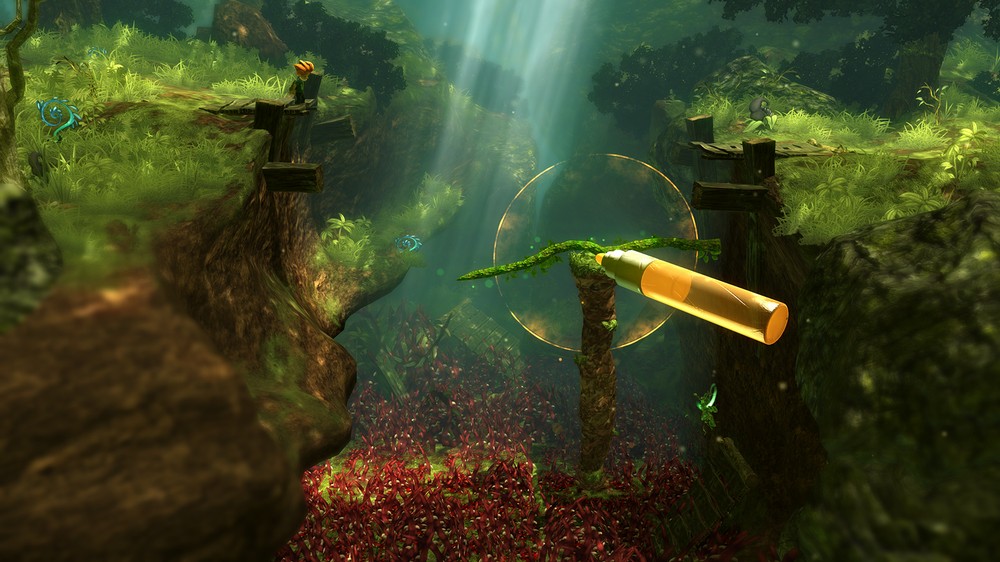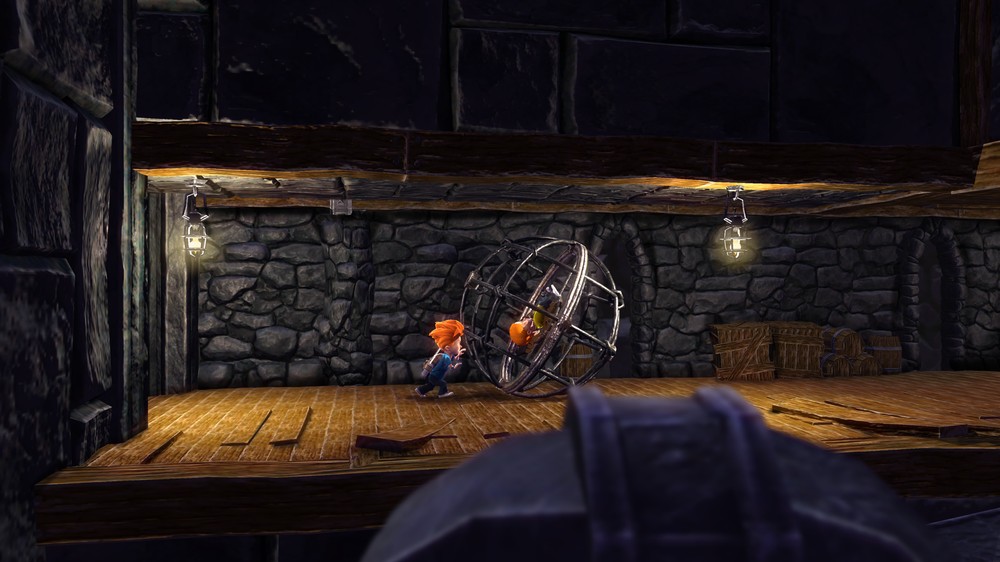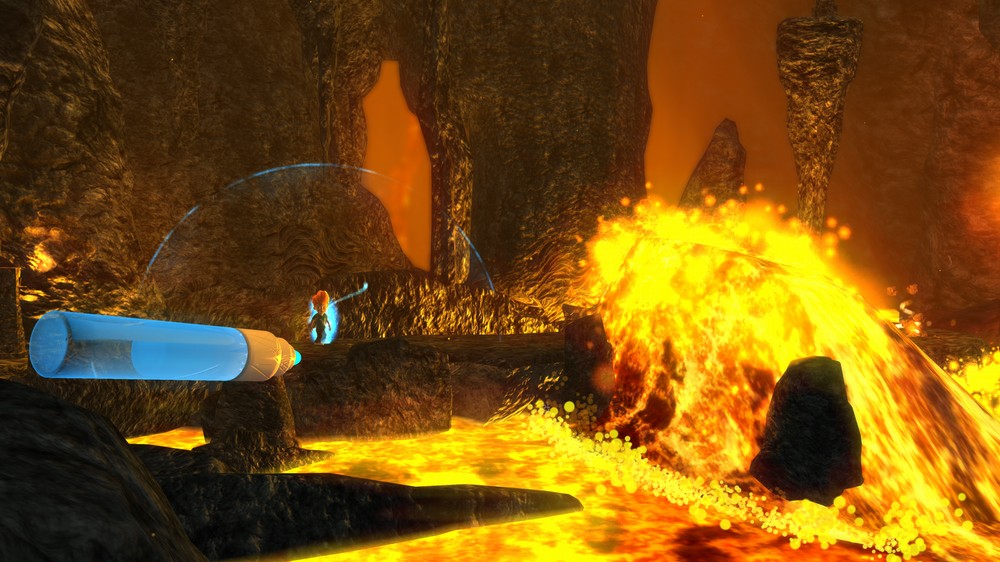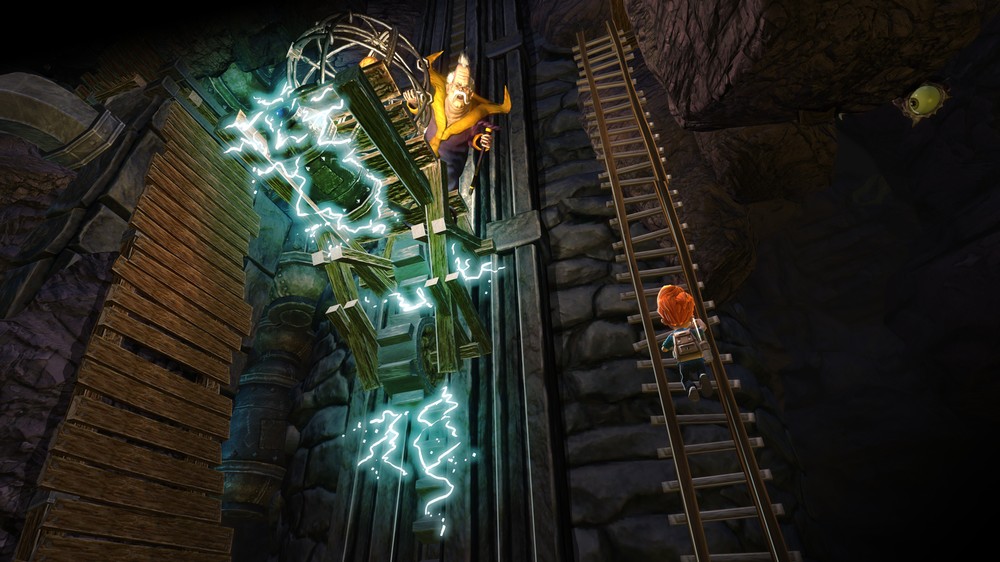It’s been a long journey for Max: The Curse of Brotherhood to finally arrive on the PS4. Originally released in December of 2013 as an Xbox One launch title and a few months later on PC, Microsoft maintained their exclusive rights for almost four years before Wired Productions and Flashbulb Games would get the chance to bring this delightful action/puzzle/platformer to a whole new audience. Now that it is here, I’m happy to say it was worth the wait.
Max: The Curse of Brotherhood surprised me on multiple levels. First, I was impressed with how much I actually remembered; not only the various levels and situations, but also many of the more difficult solutions to get past them. I’ve played the game start to finish three times over the course of four years and it really stuck with me – truly a memorable experience. Secondly, despite any obvious visual upgrades, Max still looks every bit as impressive today as it did four years ago. I’m not aware of any improved HD textures, 4K, or even any HDR support, but my PS4 was cranking out some contemporary quality graphics that edged out the Xbox and PC versions in direct side-by-side comparisons. Simply put, what was my pick for Best Xbox One Game of 2013 might just be my pick for Best Platformer of 2017.
The game opens with a short CG cutscene that looks just as good as anything you’d see for movies or TV – something along the lines of Jimmy Neutron. It is here we meet Max, a young boy not unlike Jimmy Neutron with a dash of Bart Simpson, Willie Beamish, and even Andy from Heart of Darkness. Like many boys, Max has an annoying younger brother, Felix, who he accidentally banishes to another world when he reads a magic spell off the Internet. Immediately realizing his mistake Max jumps into the vortex and sets off on a grand adventure to rescue his brother and quite possibly save an entire world.
The Curse of Brotherhood is a next-gen follow-up to the 2010 game, Max and the Magic Marker, but playing that game is certainly not a prerequisite to playing or enjoying Brotherhood. I was left speechless by the stunning visual design, the colors, the textures, the smooth framerate, and the dynamic perpetual zooming of the camera that was always putting a fresh 3D perspective on traditional 2D gameplay. And I was constantly on the edge of my seat with the thrilling and imaginative gameplay that seamlessly blends traditional run and jump platforming with some creative physics-based puzzle-solving that really had me thinking.
The first level starts off much like any standard platformer with running, jumping, climbing, and the occasion swinging rope or vine. It is also on this level that you will meet a giant ogre-like creature that will terrorize you throughout much of the upcoming adventure. After a visit to a crazy old lady’s treehouse, you will be able to wield the power of your new magic marker; only this marker has real magic, and that is where the genius of the game design starts to shine.
As you advance through the various chapters of Max: The Curse of Brotherhood your marker will be imbued with various powers of creation (and deletion). At first this is as simple as summoning rocky columns to erupt and rise from the ground, but later you can summon branches, vines, water plumes, and even fireballs. The game introduces each new ability in a seamless fashion then expands upon the potential of that ability with increasingly challenging puzzles, and as your marker gains new powers, the puzzles will rise to the challenge, often demanding you to mix and match your elemental powers.
The control scheme is a bit awkward at first, but you do get used to it. To use the marker, you simply hold down RT and a ghostly pen appears on the screen that you can steer to any nearby hotspot, orange for earth, green for branches, yellow for vines, blue for water, and purple for fire. You then hold down X button and move the stick to draw in real-time, controlling the angle of the branch, the flow of the water, the direction of the fireball, or even the swing of a vine (very important in some puzzles). The height of a column or length of a branch or vine is determined by the amount of ink in your marker (unique to each spawn point) and indicated with a shrinking circle as you draw. You can also summon the marker and tap square to crumble an earth column, cut off a branch or vine or stop or redirect a water plume.
It all sounds fairly basic, but the way the designers have woven these concepts into the gameplay and environments is nothing short of awe-inspiring, especially when you realize the unique relationship the elements share. Branches can be set on fire then cut off and moved around for a new fire source to launch fireballs. Vines can be connected to branches for horizontal rope climbs or cut off at the source but still connected to the branch for a new swing point. Water plumes can shoot you or other objects to distant ledges or used to turn lava creatures into rock. The game even mixes up the use of these abilities by presenting some in pure puzzle form and others as critical action points in exciting chase sequences where the game will go into slow-motion giving you precious seconds to spot the marker and point and draw the object required to stay alive.
Max: The Curse of Brotherhood has a look that will appeal to kids but make no mistake; this game can be challenging and will certainly delight older kids and even adults. Some of the puzzles stumped me for a moment but most have logical resolutions once you realize how all the various marker abilities function within the limitations of each puzzle. But no matter how small, large, or difficult the puzzle, each time I solved one I had that same endorphin rush I felt when playing games like Portal 2 or Trine 2.
This new PS4 version mirrors the quality of the PC version in framerate and presentation with rich vibrant colors, lush, detailed textures, smooth animation and great camera angles that show off these amazing environments. Each chapter has a unique visual theme that often shares an elemental identity with the latest power of your marker such as earth, water, or fire. Lighting is particularly impressive, especially in one underground level that is mostly pitch black where you can use your marker as a “flashlight” and the mushrooms and lichen will realistically absorb this light and continue to glow when it’s time to return control back to Max. The sound design is equally as impressive with ambient level noises, realistic sound effects, exciting music, and suitable voice acting given the material.
Collectors have not been forgotten, and there are 75 evil eyestalks hidden around the land that Max needs to find and destroy. While these are almost always visible on the screen if you look hard enough, they usually require additional puzzle-solving and a slight detour to reach. And there is also a Tree of Life medallion that has been shattered into 18 pieces. These are much harder to find than the eyestalks, but thorough gamers should have no trouble finding all of them without consulting the web. The game has a fantastic Chapter Select screen that lists the eyes (in the order they appear) and the medallion shard indicator for each chapter, and if you do need to replay a level to find a missing item you only need play as far as that item since all collectibles are registered as you find them and not when you complete the level.
Platform adventures are the foundation of console gaming, and I had numerous fond flashbacks of playing Heart of Darkness back in 1998 on my original PlayStation. We’ve come a long way in 20 years, and even though P4 gamers had to wait four years to get their hands on Max: The Curse of Brotherhood, it was worth the wait. This remains one of the best platform games of this generation and no one who enjoys platformers with a puzzling twist should consider skipping this timeless, charming and magical adventure.
You can check out our 3-part, 7-hour, unedited livestream of the entire game on our YouTube channel. Obviously, this livestream has massive puzzle spoilers.

